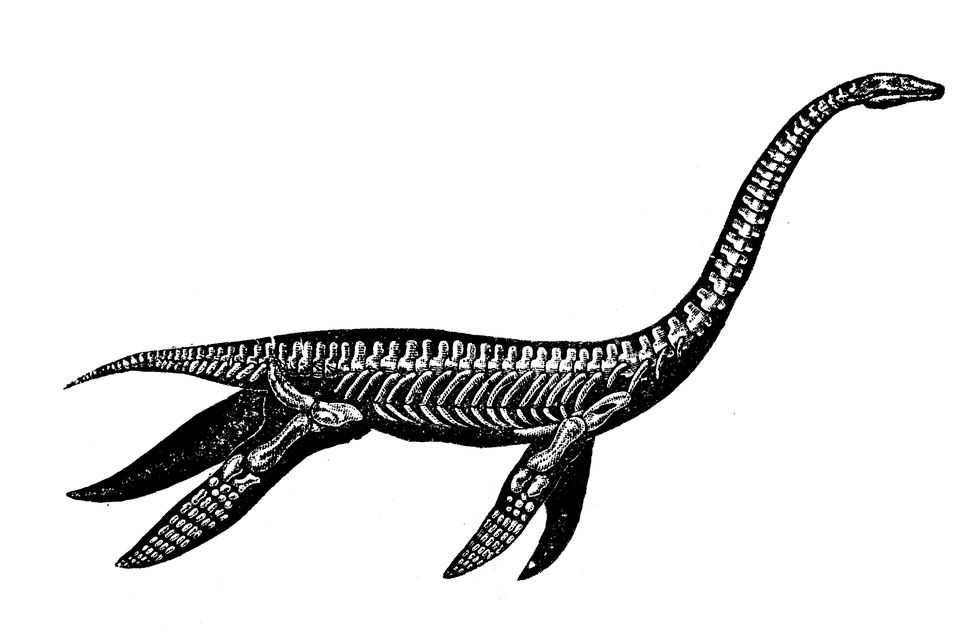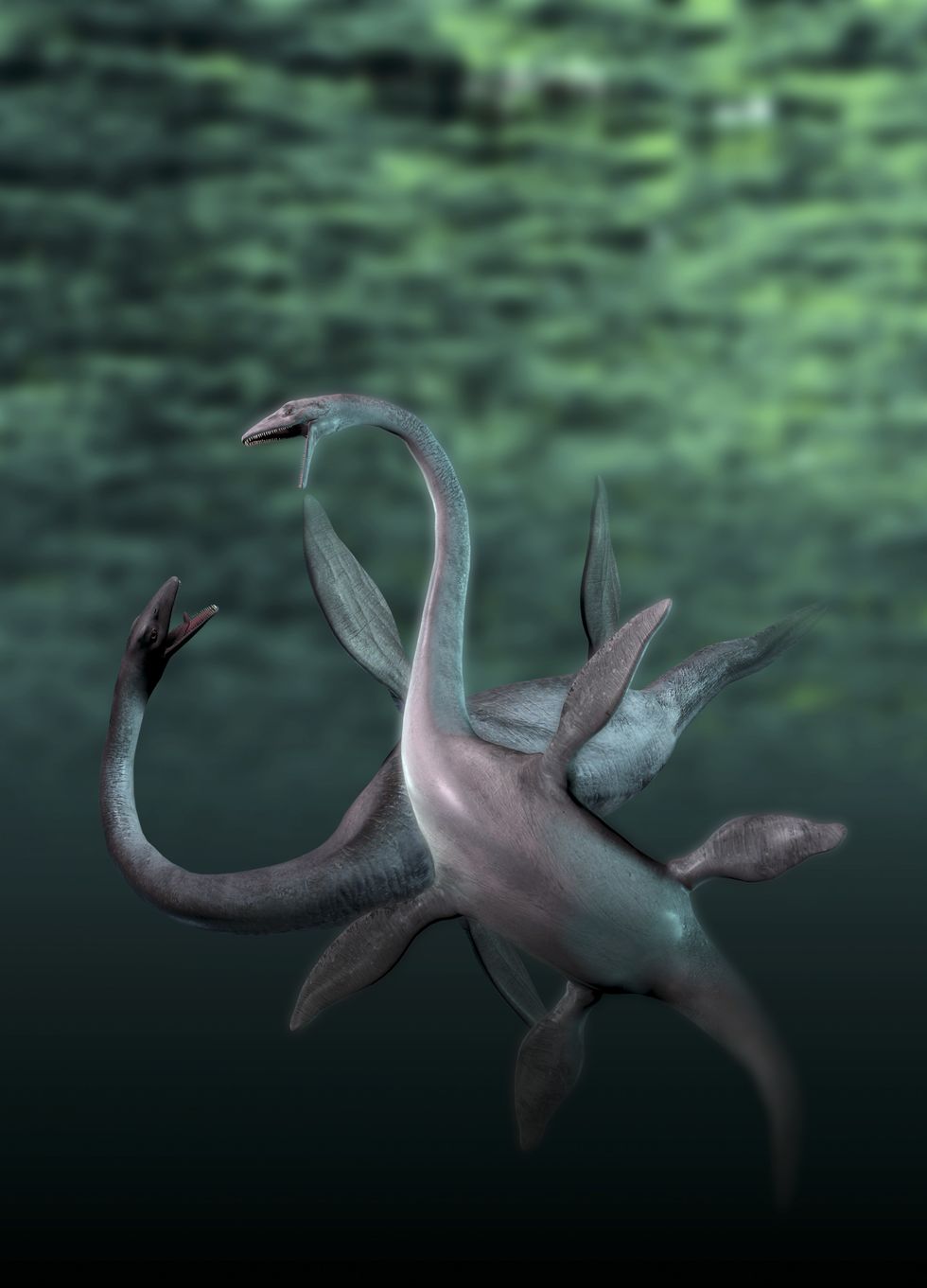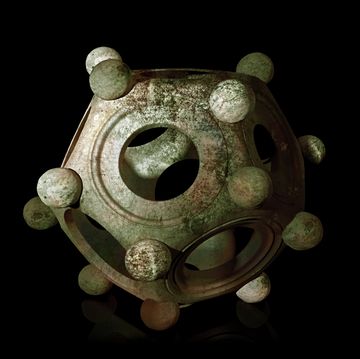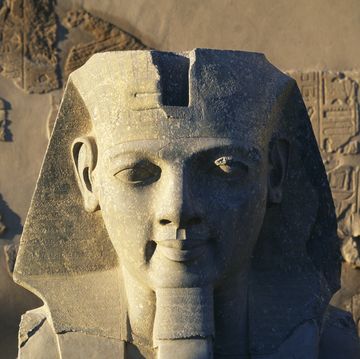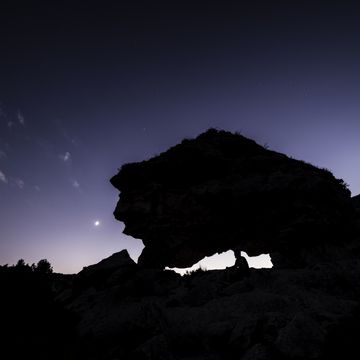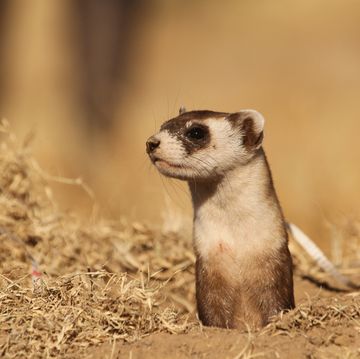- New research from Morocco shows evidence of 12 different plesiosaurs found in a river region.
- This isn’t the first freshwater plesiosaur evidence, but it shows shared, regular eating behaviors.
- The Loch Ness Monster is still not real, but freshwater plesiosaurs were!
An abundance of teeth and other bones researchers unearthed at a 100 million year old riverbed in Morocco support a suspicion that the plesiosaur, a sea dinosaur, might have also lived in freshwater. People have theorized for a long time that the alleged Loch Ness Monster could be a plesiosaur, which is a suggestion with a lot of holes in its logic, honestly. No plesiosaur has lived for many millions of years. But now, we might at least imagine a plesiosaur living in the loch!
You may think of one animal when you picture a plesiosaur, but that’s not accurate. The term “plesiosaur” refers to a whole order of at least 100 species. Order is in the middle of the taxonomic system we use for life, starting with the broadest: domain, kingdom, phylum, class, order, family, genus, and species. There are even two body types of plesiosaurs, because the long-necked ones that inspired Nessie are joined by more powerful ones with shorter necks.
Plesiosaurs have been found all over the world, on every continent except Antarctica. They were around for a long time, and paleontologists believed they were marine (ocean dwelling) animals, based on where they were found. But beginning some years ago, new information has complicated the record. Plesiosaurs were found here and there, in China or England or so on, in environments that were believed to be freshwater. At the same time, just one plesiosaur who may have swum up the river (and died there) is not exactly an airtight case.
Thankfully, now there is even more abundant evidence of freshwater plesiosaurs. Scientists from the University of Bath and the University of Portsmouth in England as well as the University of Casablanca in Morocco collaborated on the new paper, which appears in the journal Cretaceous Research.
In the paper, the team describes a new finding from the Kem Kem Group, at an excavation site in Morocco that scientists have shown is the delta at the end of a river system. While whole fossil finds may have the most charisma to the public, sometimes that’s not where the good stuff really lies. In this case, the scientists found little things: some vertebrae, a humerus (upper arm bone), and a bunch of teeth.
“It’s scrappy stuff, but isolated bones actually tell us a lot about ancient ecosystems and animals in them,” researcher Nick Longrich said in a University of Bath statement. “The bones and teeth were found scattered and in different localities, not as a skeleton. So each bone and each tooth is a different animal. We have over a dozen animals in this collection.”
You might excuse one freshwater plesiosaur fossil as a fluke, but twelve is a bunch. And while the humerus and vertebrae almost definitely show animals that had died, the teeth are a different story. They were lost by living animals, showing that the animals were likely eating food in the area. And the teeth found were worn in a similar pattern, indicating that the group of plesiosaurs were sharing the same diet over a longer time period in the same area. (The scientists suggest it was local armored river fish that chipped the teeth the same way.)
So what does it all mean? Well, it’s not as simple and glamorous as an official declaration that plesiosaurs spent their whole lives in freshwater or even evolutionarily adapted to freshwater over time. But this evidence continues and deepens scientists’ line of investigation that some plesiosaurs–remember, there are over 100 species we know of, spanning almost 150 million years–were able to be in freshwater long enough to live for a while, feed on the local creatures, and experience some normal signs of the aging process.
There is almost definitely not a Loch Ness monster, but the real plesiosaurs found in fossils have captured our hearts for centuries. Even 66 million years after the last ones went extinct, emerging research on these beautiful dinosaurs still makes news around the world. Known freshwater plesiosaur examples from England make it easy to believe that one may have made it into Loch Ness at some point, and this new paper suggests she may have even meant to.

Caroline Delbert is a writer, avid reader, and contributing editor at Pop Mech. She's also an enthusiast of just about everything. Her favorite topics include nuclear energy, cosmology, math of everyday things, and the philosophy of it all.

